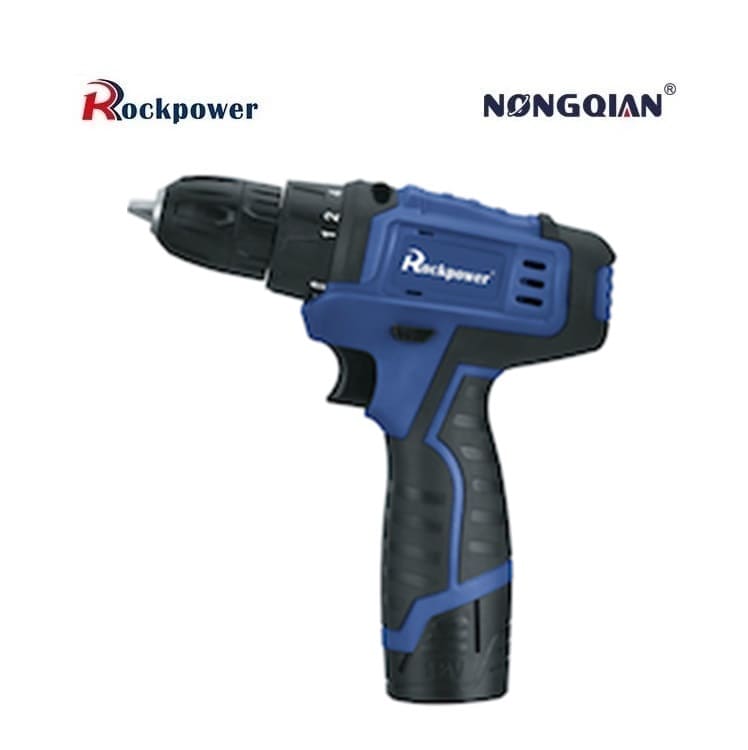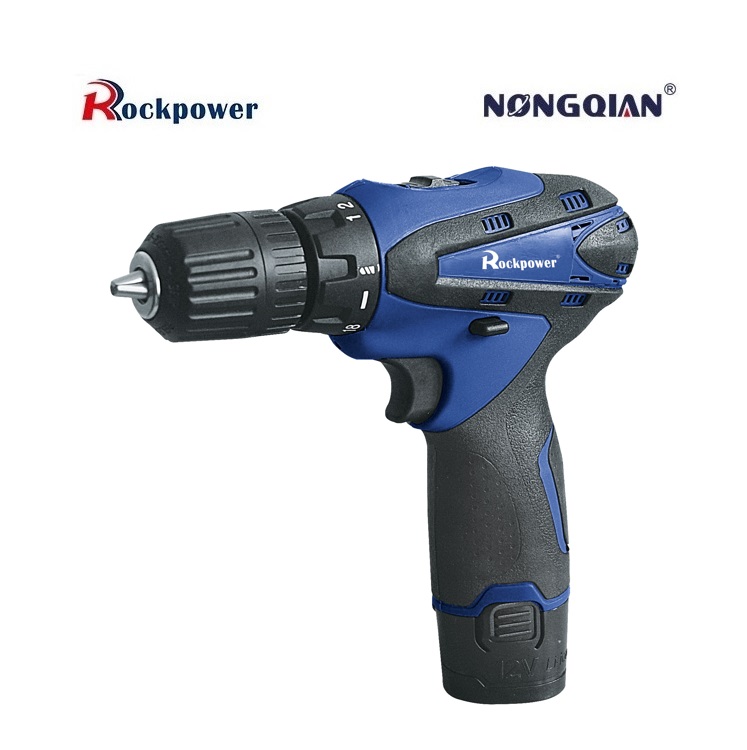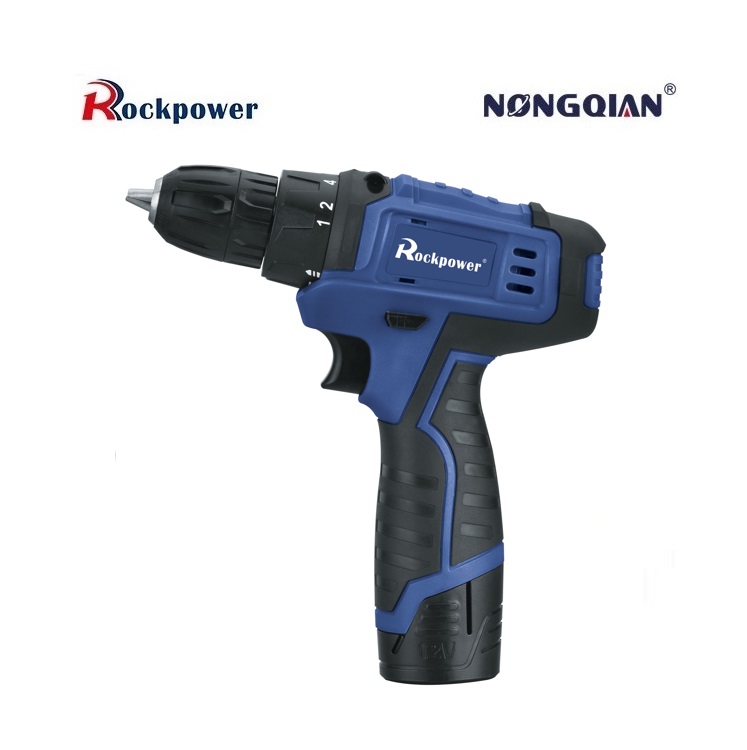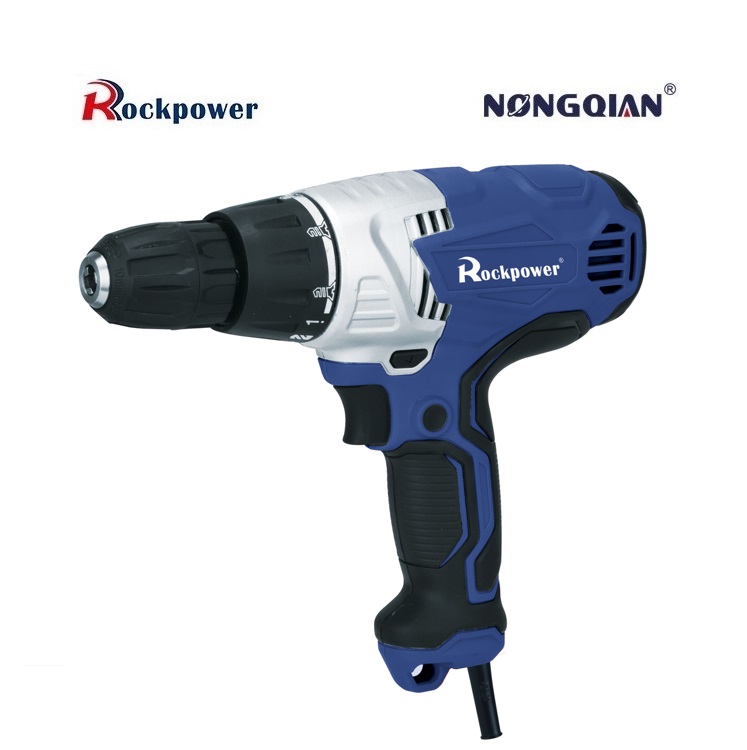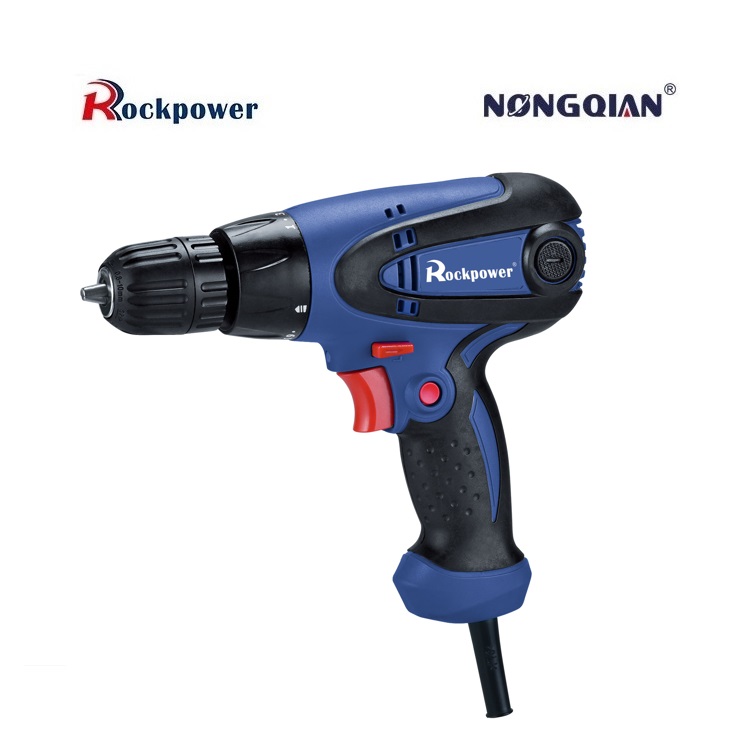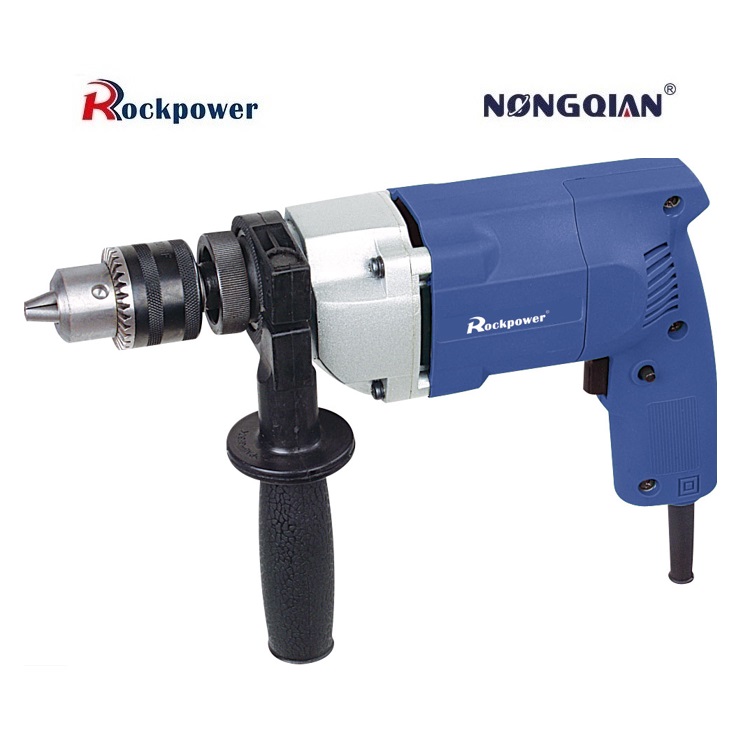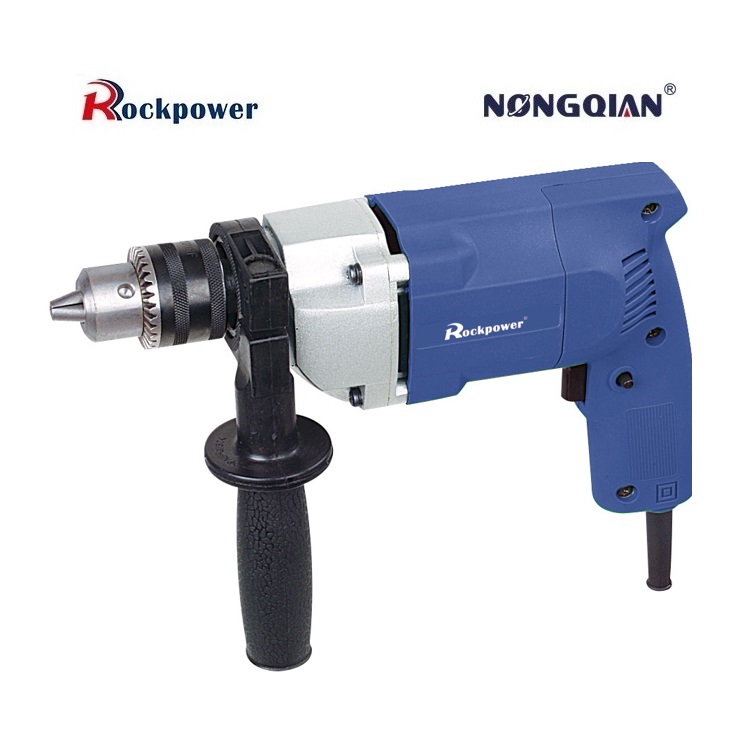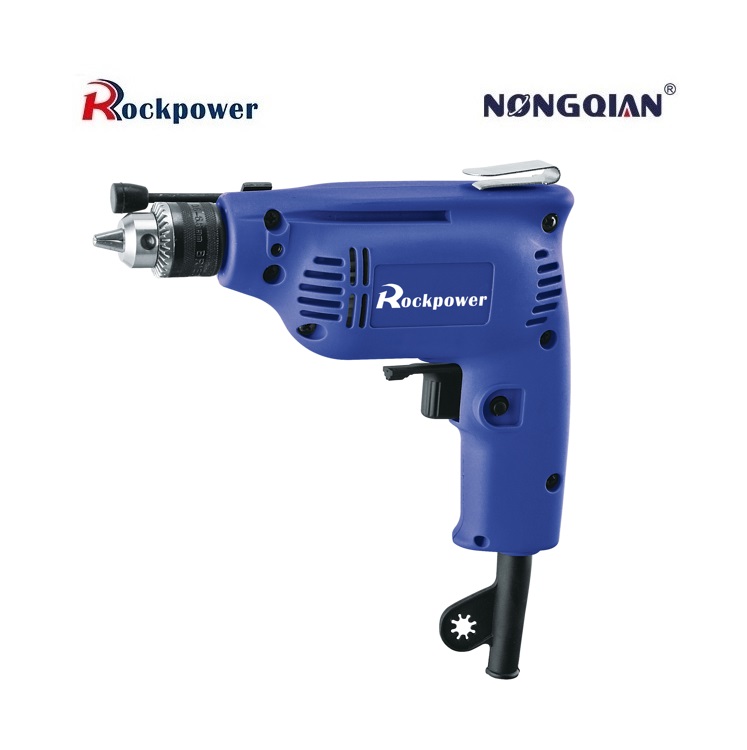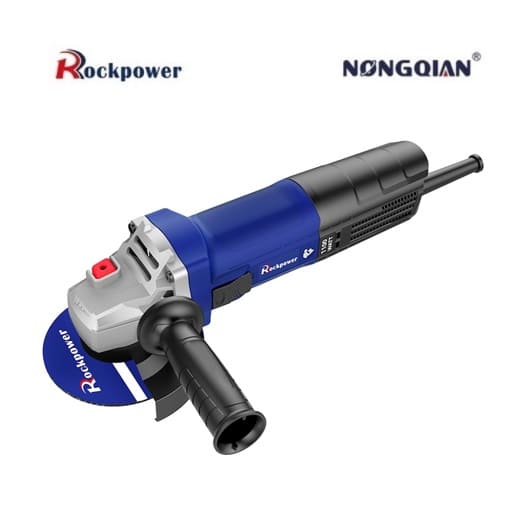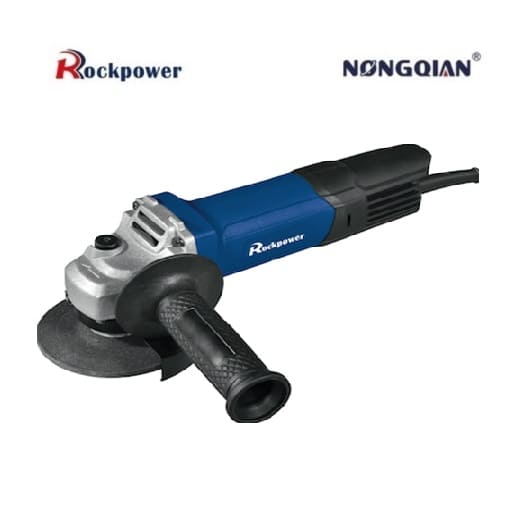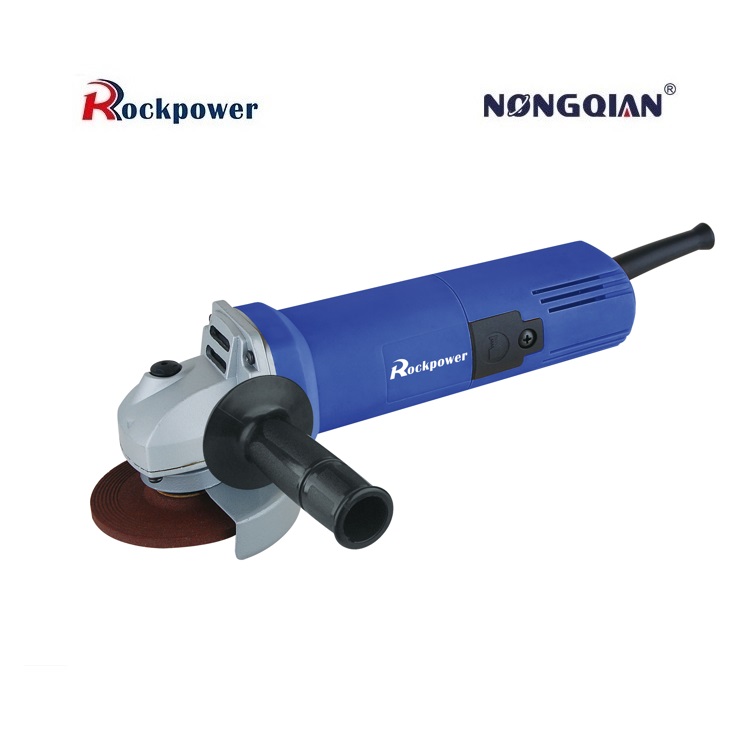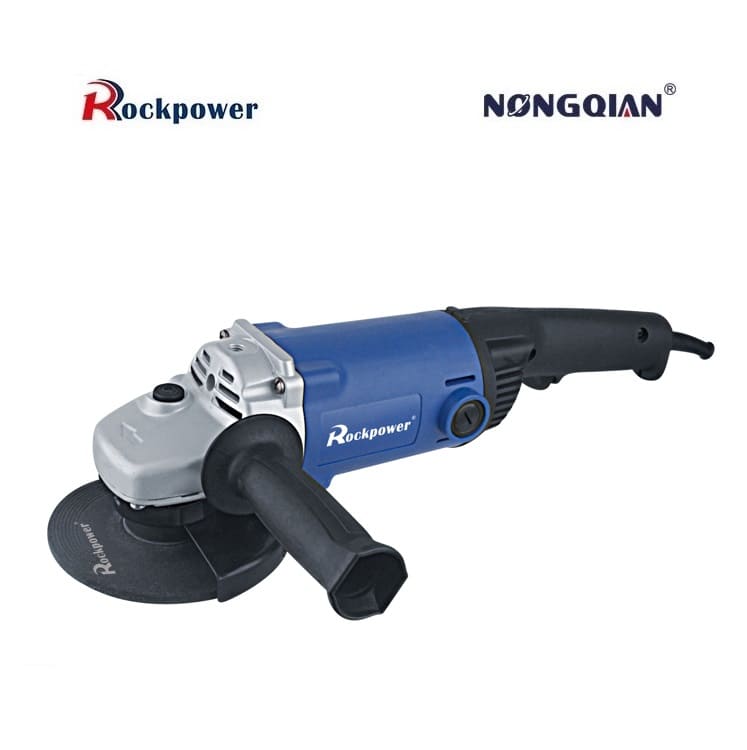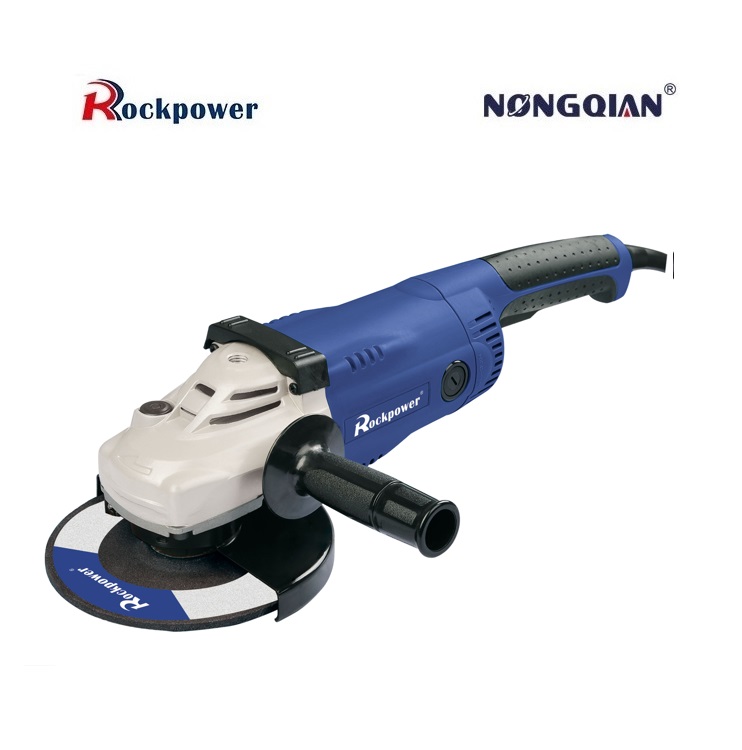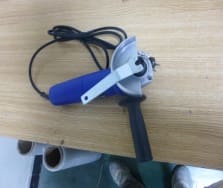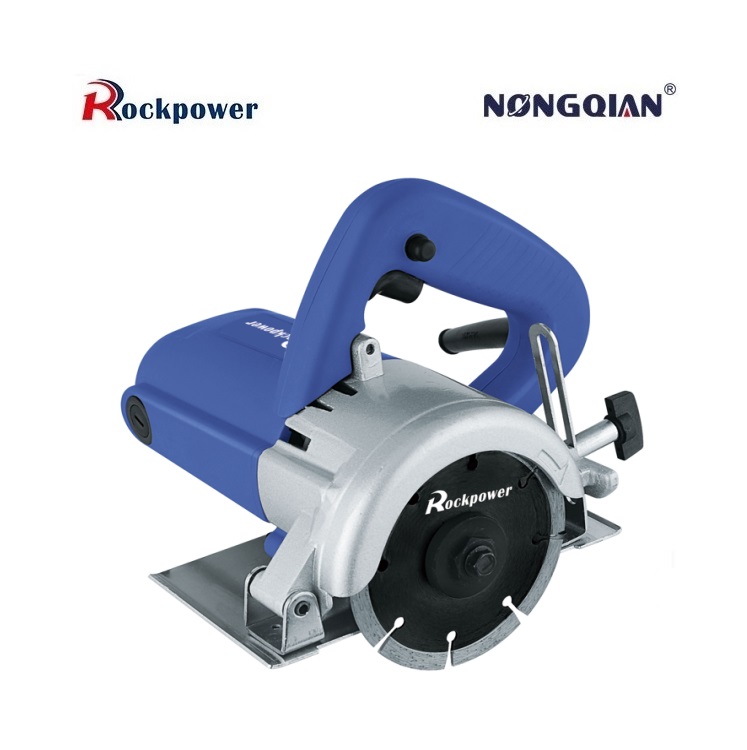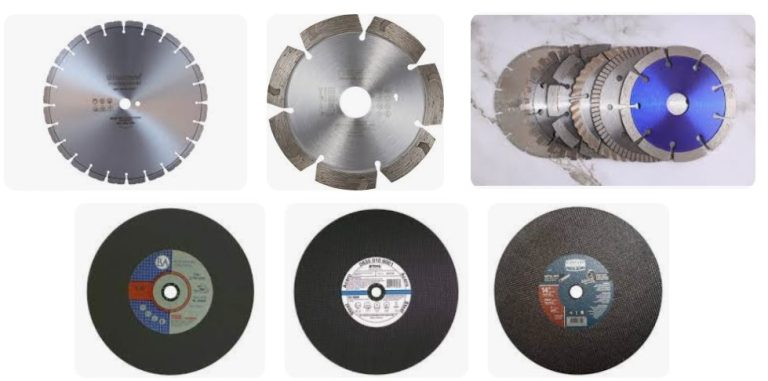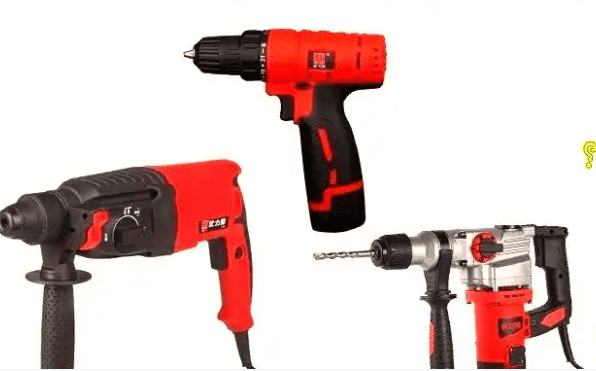Is Dewalt better than Milwaukee?
Product Introduction and Market Competition
DeWalt recently launched the Xtreme Compact 12V brushless series of tools, an innovative product that has garnered widespread attention in the market. But how does its performance measure up? Can it truly stand out in various metrics and become an industry leader? Next, we will conduct a series of comparative tests to delve into the strengths and weaknesses of the 12V tools from these two major brands—DeWalt and Milwaukee—and provide valuable purchasing recommendations.
Size and Weight Comparison
Let’s take a closer look at the two machines featured in today’s comparison. First is the yellow DeWalt 12V brushless impact driver, model DCF801, equipped with a DeWalt 12V Max battery. This impact driver boasts a no-load speed of 2,850 RPM, a maximum torque of 1,450 in-lbs (164 Nm), and an impact rate of up to 3,600 IPM. The other contender is the red Milwaukee M12 Fuel impact driver, model 2553, powered by an M12 battery. This driver offers a no-load speed range of 0–3,300 RPM, a maximum torque of 1,300 in-lbs (146 Nm), and an impact rate of 4,000 IPM. In terms of size, the Milwaukee is slightly more compact, while their weights are nearly identical.
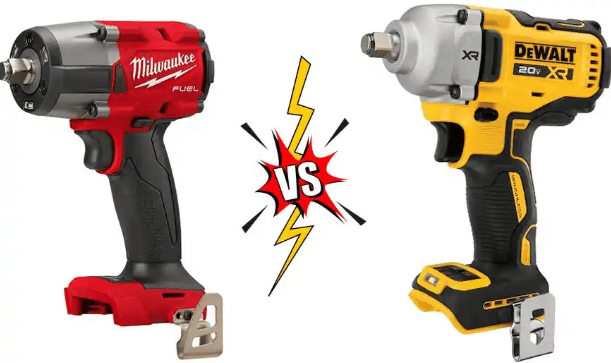
Functional Design Differences
Brushless Motor and Bit Interface
Both machines excel in functional design. Each features a brushless motor, ensuring efficient and long-lasting performance. Milwaukee’s bit interface allows for easy one-handed insertion, while DeWalt offers similar convenience with the added benefit of one-handed bit removal, making it more user-friendly.
▲ Battery Design and Speed Control
DeWalt’s battery features a slide-in design, simple yet practical, while Milwaukee offers a variety of battery insertion options for greater flexibility. In terms of speed control, both tools are equipped with electronic speed adjustment. DeWalt provides two speed settings and an assist mode, whereas Milwaukee offers three speed settings plus an assist mode, giving users more options.
▲ LED Lighting and Other Features
Both impact drivers come with LED lighting. DeWalt employs a more efficient three-LED design for superior illumination. However, in terms of overall functionality, Milwaukee wins our recommendation thanks to its versatile speed control and high-performance LED lighting.
Performance Testing and Efficiency Comparison
Torque Performance Test
We conducted detailed torque tests on both impact drivers using two different methods. The results showed that Milwaukee delivered higher torque in forward rotation, while DeWalt outperformed in reverse rotation. Thus, the torque test ended in a tie.
▲ Fastening Speed and Efficiency
Next, we compared the fastening efficiency of both machines. Milwaukee achieved a fastening efficiency of 12.4%, while DeWalt reached 9.1%, making Milwaukee the clear winner in this category.
Battery Options and Flexibility
▲ Battery Types and Compatibility
Milwaukee clearly offers a wider selection of battery packs. Its 12V product line includes not only various capacities of 1P batteries but also introduces 2P battery options, providing users with greater flexibility and possibilities. In contrast, DeWalt has been slower to advance its 12V battery lineup.
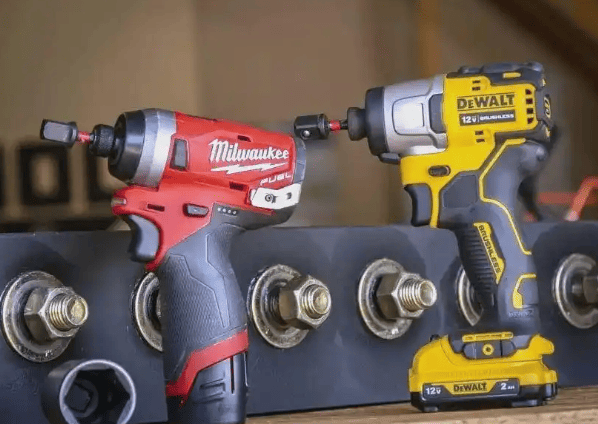
▲ Price and Warranty Policy
In terms of pricing, DeWalt’s products are more budget-friendly. However, Milwaukee offers a more comprehensive solution with a longer warranty period, and its M12 product line excels in both value and user experience. Taking all these factors into account, Milwaukee is the ideal choice for high-performance 12V tools, while DeWalt holds an advantage in affordability.
Comparative Test 1: Loosening Bolt Speed
Eight bolts were tightened with nuts, set to a breakaway torque of 500 lbs. The time required for the impact wrench to loosen the nuts was measured, with the average calculated from the five most consistent data points. Three rounds of testing were conducted. A lower value indicates better tool performance.
The data shows that Milwaukee performed well, but DeWalt took the lead thanks to its higher torque.
Comparative Test 2: Inertia Torque Test
The impact wrench was set to its highest performance mode: powered on for 5 seconds, off for 3 seconds, repeated twice. Three rounds of testing were conducted. A higher value indicates better tool performance.
DeWalt again held the advantage due to its higher torque, but Milwaukee’s performance was closer to its advertised specifications.
Comparative Test 3: Lag Screw Driving Test
A 2-inch-deep hole was pre-drilled into stacked OSB boards, and the tool was used to drive a 1/2-inch x 10-inch lag screw. After 30 seconds, the height of the screw remaining above the board was measured. Three rounds of testing were conducted. A lower value indicates better tool performance.
This test was particularly challenging for mid-torque impact wrenches. However, DeWalt’s exceptional performance allowed it to fully drive all screws into the boards, while Milwaukee fell slightly short, failing to fully sink the screws.

Comparative Test 4: Retesting with High-Performance Batteries
The previous tests were conducted using each brand’s standard batteries. However, both brands offer premium high-performance batteries with pouch cells. How would the tools perform with these batteries?
With the PowerStack battery, DeWalt continued to excel in all three tests. Meanwhile, Milwaukee, boosted by the M18 Forge battery, nearly matched DeWalt’s performance, with almost no difference.
It’s worth noting that DeWalt recently launched its PowerPack battery with tabless cell technology, while Milwaukee is expected to unveil its latest Forge battery at the upcoming Pipeline New Product Conference on June 27. How will these tools perform with their newest batteries? If further comparative tests are conducted, Electric Tool Insights will strive to share the results with you as soon as possible.
Comparative Test 5: Price and Warranty
Milwaukee M18 Fuel 2962
- Brushless motor
- Self-shutoff mode (maximum fastening torque of only 35 ft-lbs, ideal for low-torque applications to prevent over-tightening)
- Bolt removal mode (initially applies full power to loosen the bolt/nut, then automatically reduces speed)
- Three-ring LED light on the head
- Rated for use in electrical environments up to 69 kV
DeWalt 20V Max XR DCF891
- Brushless motor
- Precision bolt mode (prevents over-tightening in forward rotation and slipping in reverse)
- Adjustable LED brightness
In terms of pricing, Milwaukee and DeWalt are evenly matched. However, Milwaukee offers a longer warranty period.
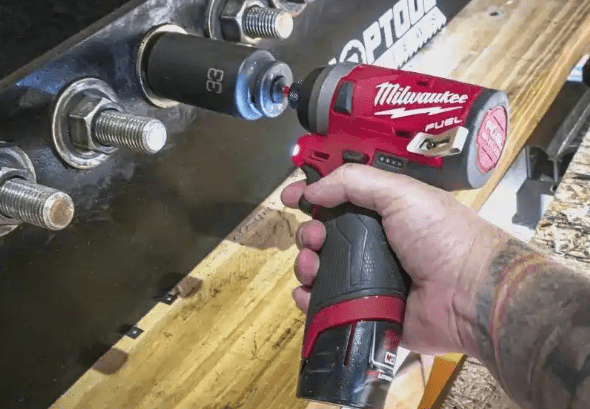
Conclusion
After comprehensive consideration, Electric Tool Insights believes that in terms of performance, the DeWalt DCF891 clearly surpasses the Milwaukee 2962, demonstrating superior power. However, the Milwaukee 2962 earns high praise for its exceptionally compact design, and when paired with a high-performance battery, its performance nearly rivals that of the DeWalt DCF891. This is particularly impressive for a product released three years earlier than the DeWalt. What do you think?
You may also interest to read similar questions:
What to look for when buying a cordless drill?
When to use impact vs drill?
Is a brushless drill better?
What does “brushless” mean on a drill?
Are corded drills more powerful?
Is a hammer drill more powerful than a regular drill?

